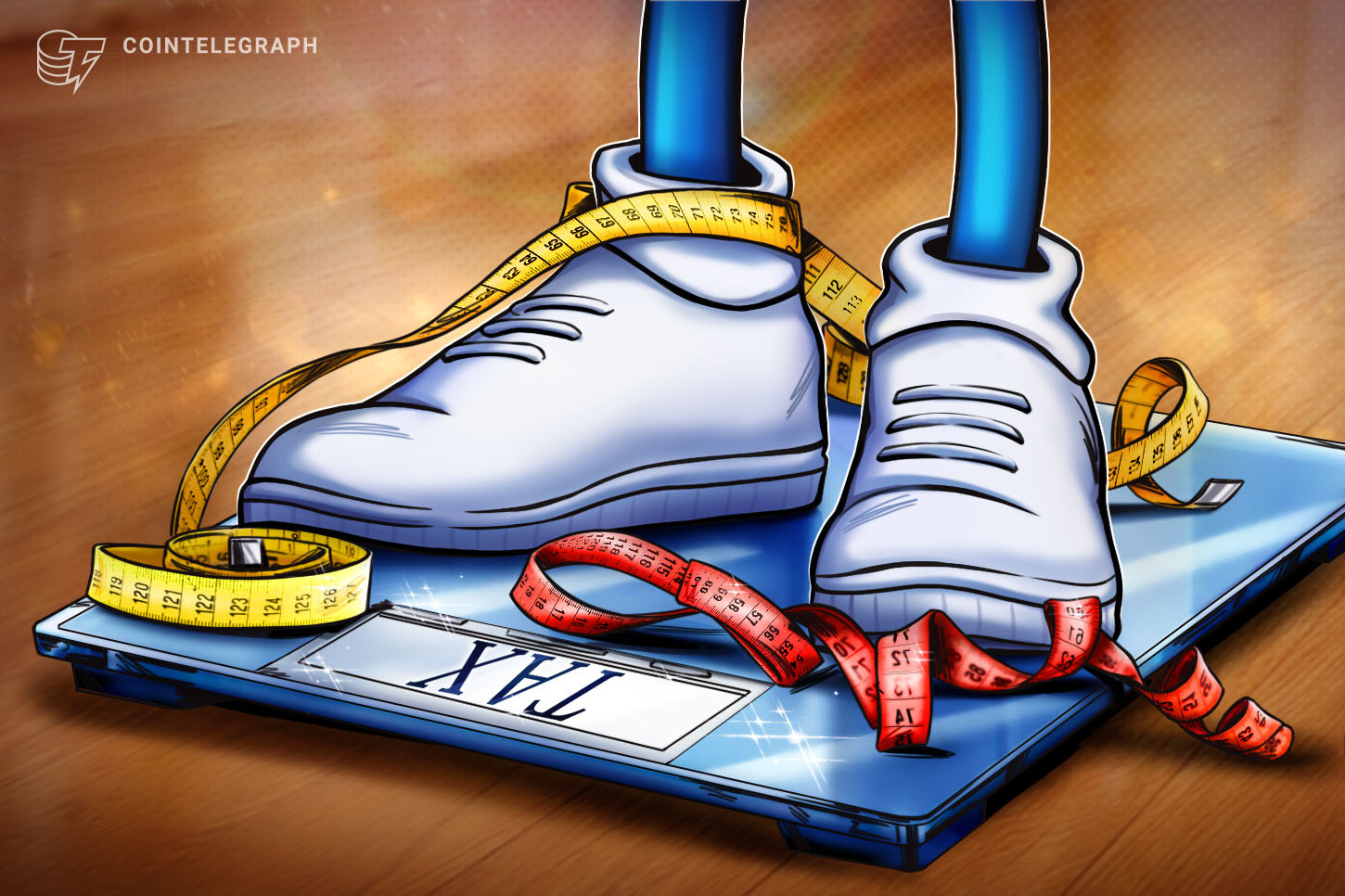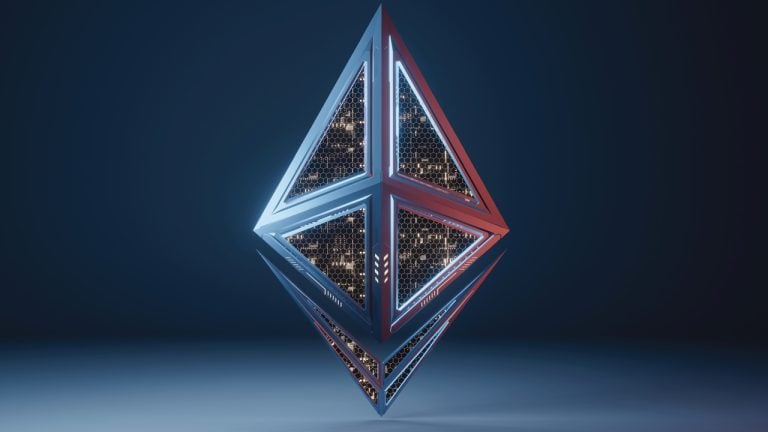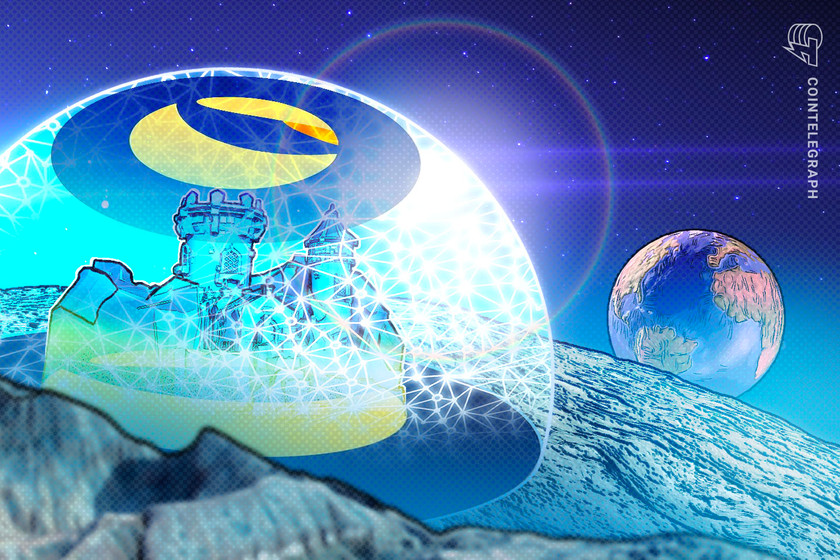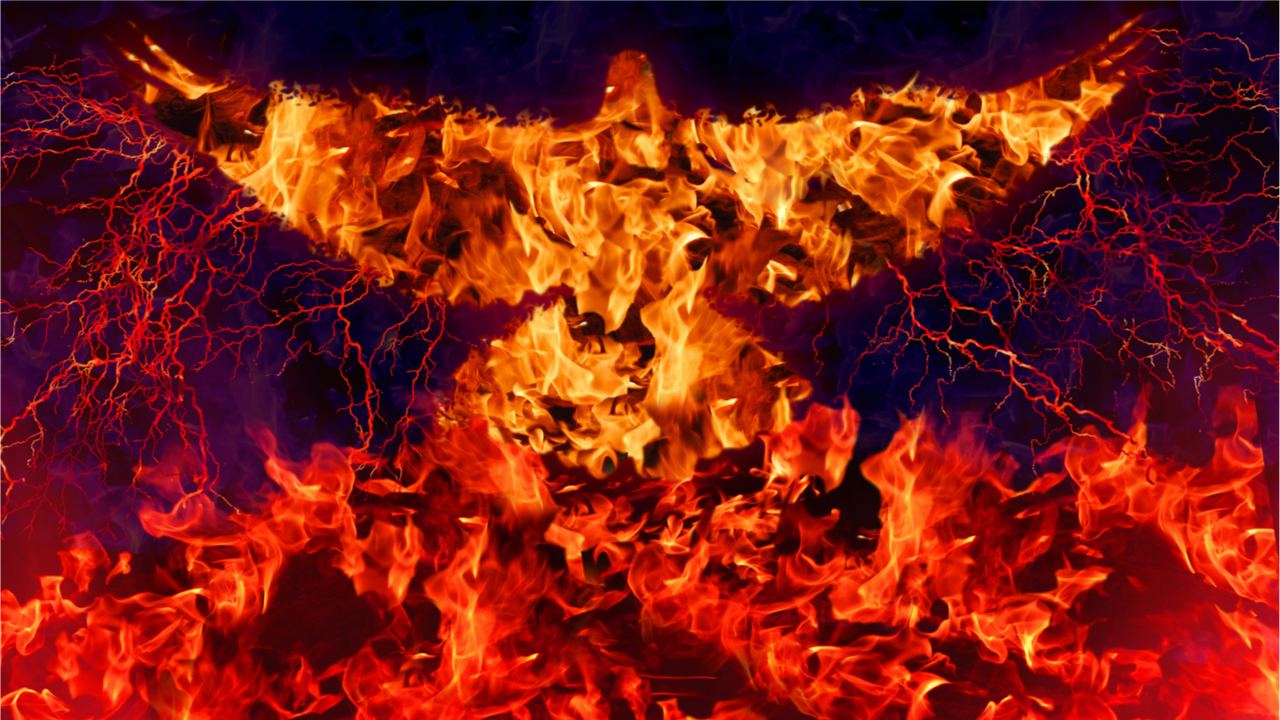
Changpeng Zhao, the CEO of Binance, recommended a flat 1.2% trading tax on LUNC trades that could be burned to reduce the token’s total supply and improve its price performance.
The infamous collapse of the Terra ecosystem, which erased market prices of TerraUSD (UST) and LUNA tokens, continues to trouble anxious investors as co-founder Do Kwon, crypto exchanges and the community together tries to identify the best route for a sustainable price recovery.
Most recently, Changpeng ‘CZ’ Zhao, the CEO of crypto exchange Binance, recommended a flat 1.2% trading tax on LUNC trades that could be burned to reduce the token’s total supply and improve its price performance. Addressing the community, CZ stated:
“We will implement an opt-in button (on the Binance exchange), for people to opt-in to pay a 1.2% tax for their LUNC trading.”
However, the exchange would begin the taxation for opt-in traders following the consensus of 25% of the LUNC investors, making sure that early adopters “are not the only few paying an extra 1.2%.”
A blanket trading tax of 1.2% will be implemented for all LUNC trading only after opt-in traders reach 50% of the total LUNC trading volume on the exchange.
I answered the question about LUNC in my Twitter Space AMA just now.
— CZ Binance (@cz_binance) September 23, 2022
Another option is to implement a feature to let users opt-in for a 1.2% trading fee themselves for burn. And see how many of the voting community do that first. Vote with your fees.
The recommendation split up the LUNA community as some supported CZ’s decision to implement the opt-in button while others interpreted it as market manipulation from a centralized entity.
CZ backed LUNC burning but believes in community voting, allowing traders on the platform to finalize the suggestion, adding, “We listen to and protect our users.” However, the entrepreneur is aware that unless the change is implemented across all exchanges and on-chain, LUNC traders would prefer moving assets to other exchanges that don’t have the burn.
Related: South Korean authorities ask Interpol to issue 'Red Notice' for Do Kwon: Report
On the other end of the spectrum, South Korean authorities are trying to track down and arrest Kwon for the Terra collapse.
On Sept. 14, a court in Seoul, South Korea, issued an arrest warrant for Kwon and five other people for violating the country’s capital markets law.











